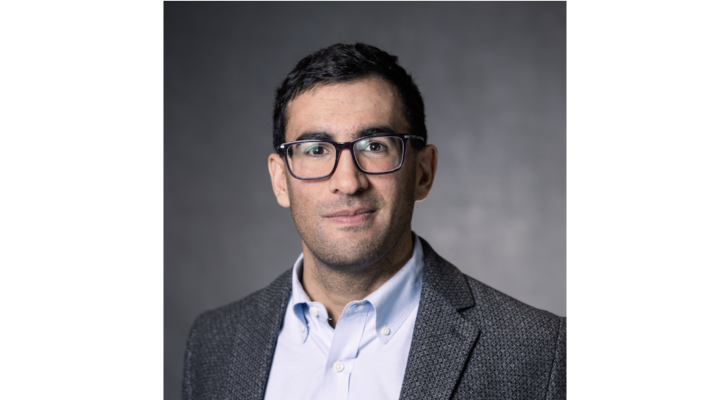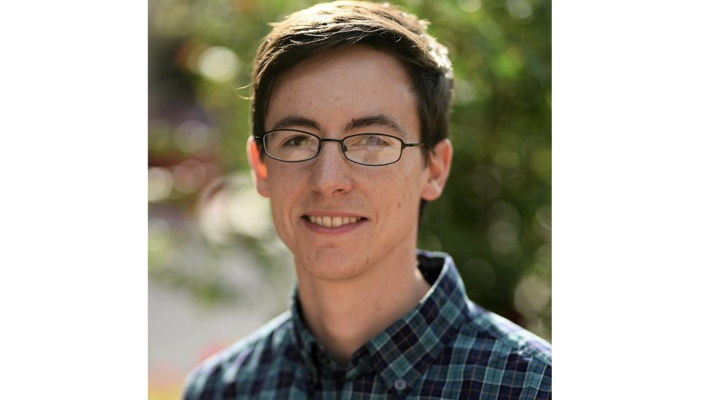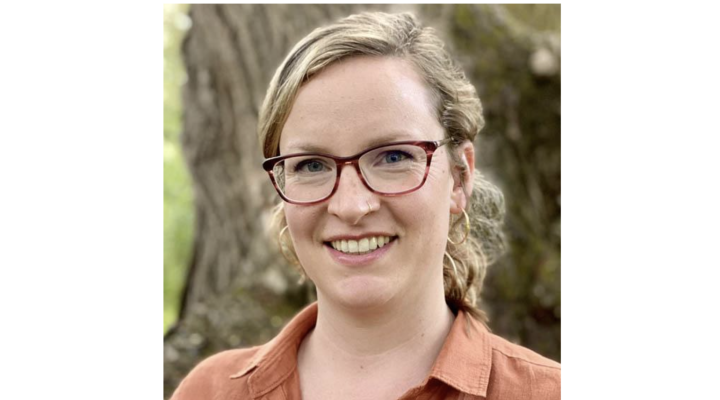Andreea Minca is interested in risks and how they affect financial markets, a topic that is particularly timely given recent upheavals in the global economy. Using mathematical modeling, Minca examines financial systems from the top down to determine where systemic risks exist, and how those risks can be dealt with. “My research focuses on understanding the interconnected networks of banks, and what the exposures of risk are of each bank to another bank,” says Minca. “We want to see how a shock to the system would propagate throughout the network.”
Part of Minca’s research examines how financial systems would be affected by the insertion of a financial clearinghouse. In theory, a clearinghouse helps to reduce risk by monitoring and vetting participating firms, as well as collecting requisite deposits from all members to provide a guarantee fund that can be used to cover losses should a firm default. “What we’ve found is that a clearinghouse does mitigate risk under certain conditions,” says Minca, “but not always—and if it’s done improperly, we will introduce additional risk.”
This involves another facet of Minca’s work, which develops models that try to capture the nuances of how people’s beliefs and attitudes can influence market trends and behaviors. “In our model, creditors have different beliefs about how a borrower will perform in the future,” says Minca. “But, it’s not just what they believe about the future performance, it’s what they believe about the other creditors’ behavior. It becomes game theoretic.” This research provides a model for looking at how complex financial networks might behave, with people’s beliefs one important ingredient to the problem. For many, trying to grasp the patterns of these beliefs and behaviors might be more of an art than a science, but Minca treats it as a technical problem. “I like the mathematics part of this research,” she says. “One can use a mathematical model to explain the occurrence of bank runs and global instabilities in the system. You can’t just use your intuition”
Not much work has been done modeling creditors’ beliefs, particularly a model in which those beliefs are heterogeneous, nor for heterogeneous financial networks. Thus, the research stands out as a valuable real-world application; regulators have expressed interest in tools like the ones Minca is developing, however more real-world data is needed before the models can be applicable.
Minca also embraces risk when it comes to her own academic career. After studying computer programming in Romania, Minca “zig-zagged” between educational systems in France and finally the Unites States, jumping from a background of mathematics and computer science into the world of finance. “I think it’s very important to take risks when you do research, particularly multidisciplinary research” Minca says. “My path has worked out for me because I was not afraid to take risks—even though my background was not in finance, I took the risk to do this project that was between finance and engineering.”




